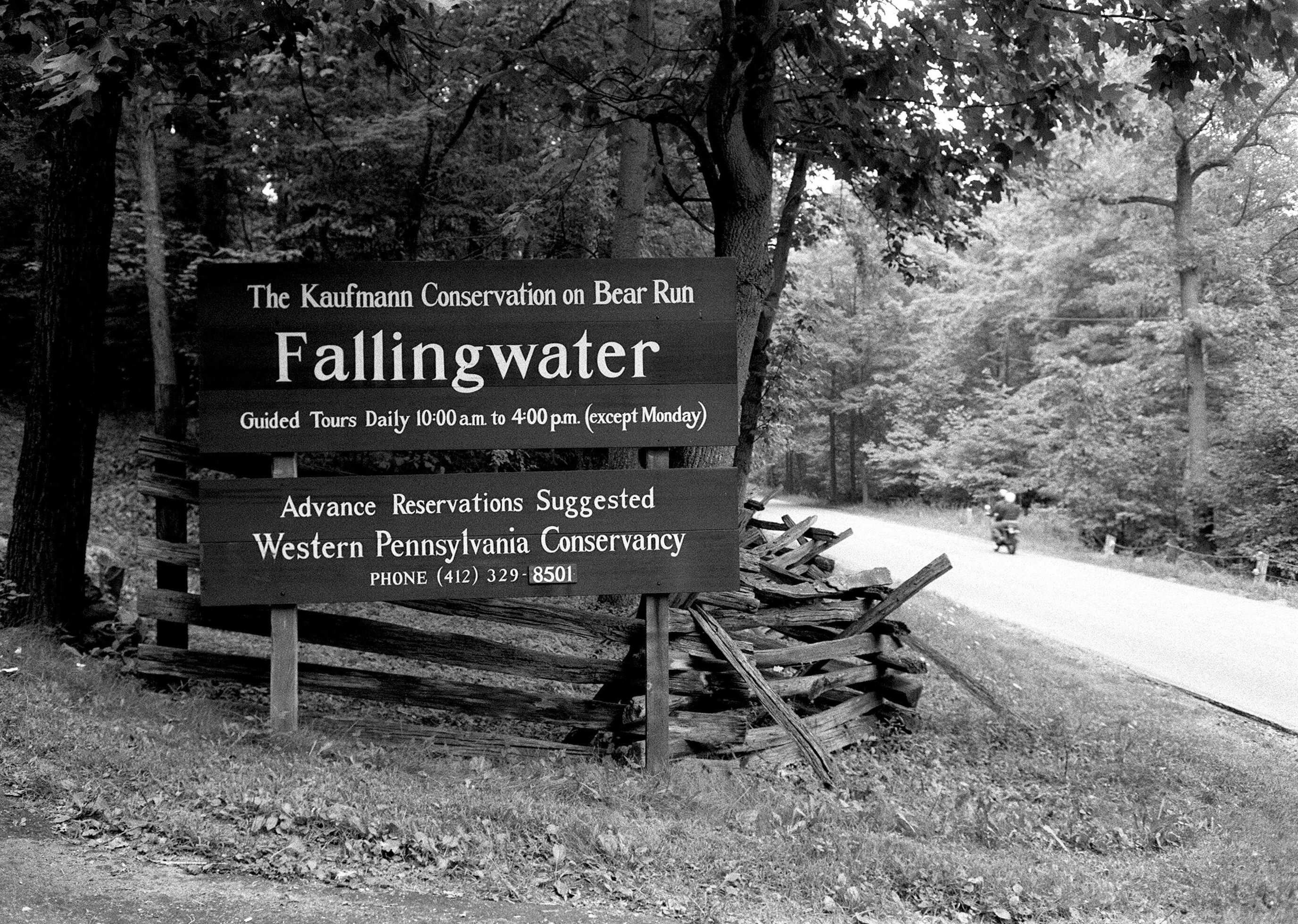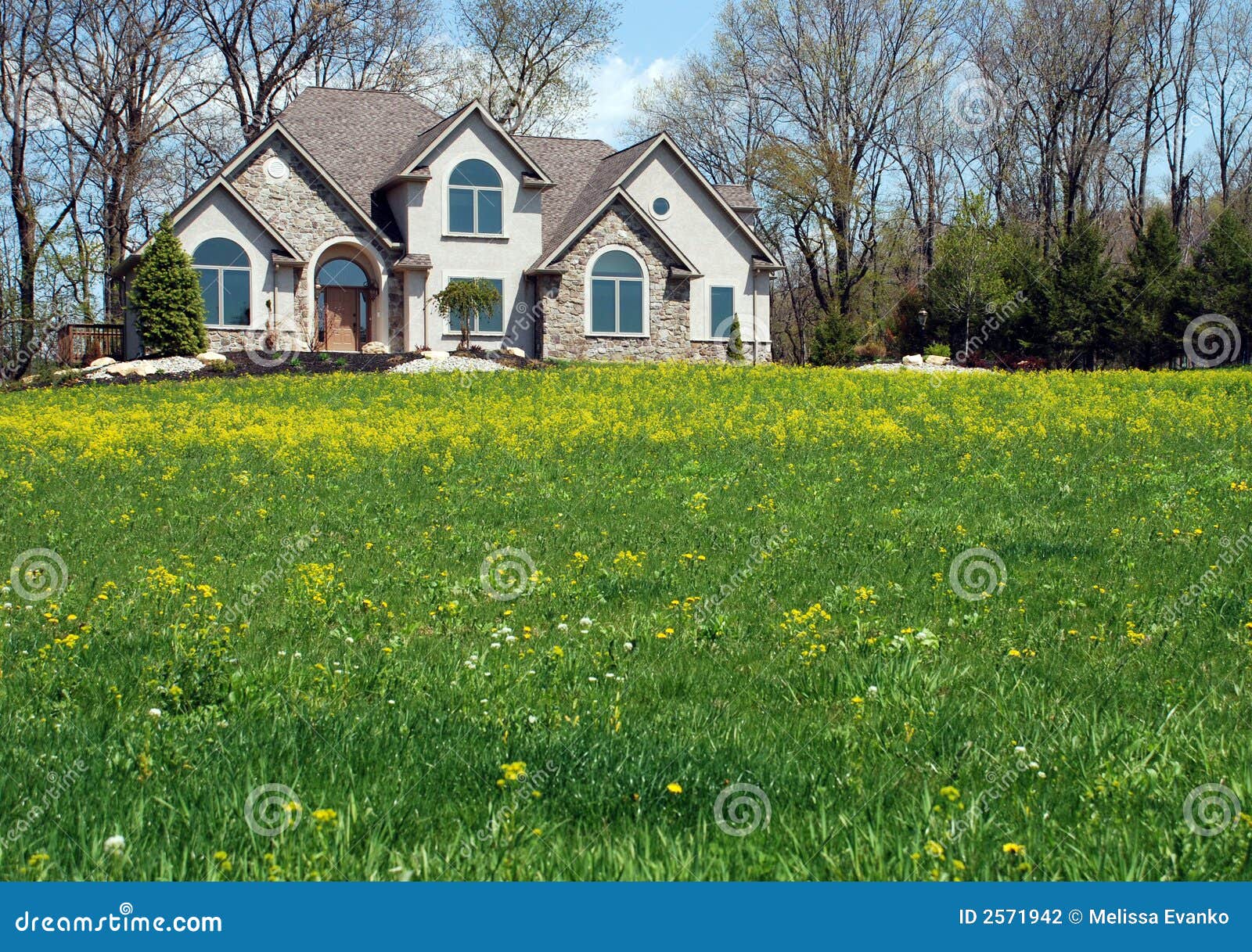Table Of Content
- In-Depth Guided Tour
- Fallingwater – One Of The Most Famous Houses In The World Built Over a Waterfall
- Enhance Your Visit
- Falling Water is just 50 minutes away from us. We are a perfect location to stay.
- Available Tours
- Principles of Art – Understanding the Principles of Design in Art
- Fallingwater: Everything to Know About Frank Lloyd Wright’s Masterpiece

In December 1935, an old rock quarry was reopened to the west of the site to provide the stones needed for the house's walls. Wright visited only periodically during construction, assigning his apprentice Robert Mosher as his permanent on-site representative.[18] The final drawings were issued by Wright in March 1936 with work beginning on the bridge and main house in April. Enjoy a day visiting 2 homes designed by Frank Lloyd Wright in the scenic Laurel Highlands. Allow a full hour to get to Fallingwater and be sure to call for a reservation in advance. While in the area, stop at some of the gift shops in Chalk Hill, lunch at the Stone House and enjoy a glass of wine at the Christian W. Klay Winery.
In-Depth Guided Tour
Ceilings are also very low, some as low as seven feet, to draw the eye horizontally and towards the outside. Kauffman donated the property in 1963 to the Western Pennsylvania Conservancy, as per his late father’s wishes. The doors were opened as a museum and have been a very popular site to visit for millions of people since.
Fallingwater – One Of The Most Famous Houses In The World Built Over a Waterfall

The paint used inside had to be specially designed for Fallingwater to withstand the harsh natural conditions of the surroundings, seeing as the house sat directly on top of a waterfall. The interior layout was centered around the fireplace, which was considered to be a gathering place for the family and arguably the most important space in the house. The importance of the fireplace was emphasized by exposing a large part of the natural rock through the wall of the fireplace, literally bringing the waterfall into the house. The owners of Fallingwater, are known as Edgar and Liliane Kauffman and were acquaintances of Wright through their son. The Kauffman’s wanted a summer home for their family’s weekend sanctuary in Bear Run, PA. As with Wright, they also loved nature and wanted a house that celebrated the beautiful landscape.
Enhance Your Visit
In Fallingwater, Wright anchored a series of reinforced concrete “trays” to the natural rock. Cantilevered terraces of local sandstone blend harmoniously with the rock formations, appearing to float above the stream below. The first floor entry, living room and dining room merge to create one continuous space, while a hatch door in the living room opens to a suspended stairway that descends to the stream below. In 1938, Wright designed additional guest quarters set into the hillside directly above the main house and linked by a covered walkway. In 1963 the Kaufmanns donated the property to the Western Pennsylvania Conservancy, together with 1,543 acres of surrounding land.
Falling Water is just 50 minutes away from us. We are a perfect location to stay.
Their desire to be close to nature in this isolated weekend abode drove the design choices. Aside from the incredible beauty of its natural site, what makes Frank Lloyd Wright’s Fallingwater an architectural icon worthy of being designated a National Historic Landmark in 1976 and a UNESCO World Heritage Site in 2019? In this in-depth guide from AD, rediscover the importance and magic of Wright’s most famous private residence. Fallingwater is located in the mountains of Southwestern Pennsylvania, also known as the Laurel Highlands, in Mill Run, Fayette County, which is about 70 miles southeast of Pittsburgh. Wright designed Fallingwater to rise above the waterfall over which it is built.
Additionally, just outside the tiny town of Chalkhill is the Christian W. Klay Winery. The perfect place to end a day after touring Fallingwater with a glass of locally made dry white or a bold red blend. For the safety of the sensitive landscape, staff, and visitors, the following guidelines must be observed. No, it is not possible to stay over in the main house, as it is now an official museum. But it is possible to stay in the four-bedroom mansion, known as the Historic Summit Inn Resort, which was built behind Fallingwater for a whopping $1,200 per night.
Dream home: Oakland Township luxury estate features indoor pool and waterfall - Oakland Press
Dream home: Oakland Township luxury estate features indoor pool and waterfall.
Posted: Fri, 09 Feb 2024 08:00:00 GMT [source]
Kaufmann acted against Wright’s specifications and had more reinforcement installed. As a result, the cantilevered front of the house started to drop as soon as the concrete was removed. In 2019, Fallingwater, along with seven other buildings by Frank Lloyd Wright, was elected a UNESCO World Heritage Site. Wright grew up on a farm, always surrounded by nature, which had an enormous impact on his design ethos. Wright had quite a difficult childhood, brought up very poor by a pastoral father and teacher mother. After Wright’s 14th birthday, his father and mother separated and, according to him, he never saw his father again.
Principles of Art – Understanding the Principles of Design in Art
The Kaufmann family owned Fallingwater until 1963 when they entrusted it to the Western Pennsylvania Conservancy, a nonprofit organization headquartered in Pittsburgh that preserves land and natural resources across the region. The structural success of Fallingwater’s cantilevers relies on their use of concrete reinforced with steel. During construction, Wright insisted that his design would perform, but on-site builders were less convinced and added more structural steel to the concrete slabs without the architect’s knowledge. Fallingwater is the only major Wright work to come into the public domain with its setting, artwork and original Wright-designed furnishings intact.
Fallingwater: Everything to Know About Frank Lloyd Wright’s Masterpiece
Our editors will review what you’ve submitted and determine whether to revise the article. The house was meant to compliment its site while still competing with the drama of the falls and their endless sounds of crashing water. The power of the falls is always felt, not visually but through sound, as the breaking water could constantly be heard throughout the entire house. Wright’s design of the home included three small bedrooms located on the second floor.
This deflection increased over time, eventually reaching 7 inches (180 mm) over a 15 foot (4.6 m) span. For the cantilevered floors, Wright and his team used upside-down T-shaped beams integrated into a monolithic concrete slab which formed both the ceiling of the space below and provided resistance against compression. The contractor, Walter Hall, also an engineer, produced independent computations and argued for increasing the reinforcing steel in the first floor's slab—Wright refused the suggestion. The Kaufmanns planned to entertain large groups so the house needed to be larger than the original plot allowed.
Built in 1935, Fallingwater is still thought of as an architectural marvel, considering it is constructed over a waterfall set in the beautiful forest of Mill Run, Pennsylvania. The house was originally designed as a weekend home for the Kaufmann family of Pittsburg department store fame. Even having never seen or heard of the Fallingwater house, the name alone should paint a picture of a house that sits on top of a waterfall, built with materials that are perfectly in tune with nature. The image that comes to mind suggests that one can almost not make out the physical building from its natural surroundings.
After some doubts and heated arguments, construction of Fallingwater began in 1936. Local craftsmen and labourers were hired, and materials were directly excavated from the Kaufmanns’ land. Fallingwater was mainly complete in 1937, with the family occupying the residence that fall. It quickly gained fame when Time magazine featured Wright and a drawing of the building on the cover of its January 17, 1938, issue.

No comments:
Post a Comment